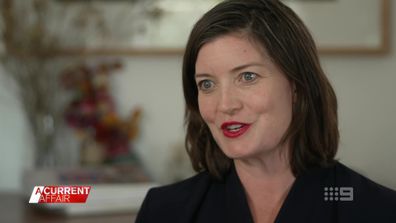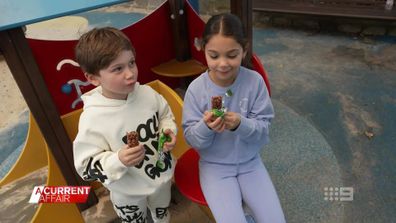Critics are calling for a shake-up to health star ratings on popular food products, warning they could be giving consumers false impressions of their true nutritional value.
The government-led policy has been used in Australia for more than 10 years, but food manufacturers and retailers are the ones responsible for the correct and accurate use of the system.
George Institute food governance researcher Alexandra Jones says health stars get it right, most of the time.
READ MORE: Olympian trades pool for ocean in dangerous new sporting pursuit

“It uses an overall algorithm to calculate a rating, so basically foods lose points for their energy content, saturated fat, sodium and sugar, but they can get some points back for their protein, fibre content and fruit and veg content,” Jones said.
“What it does mean is you can have a product, for example a muesli bar that does have some salt, sugar in it, but it’s able to cancel out some of those points by putting in extra fibre and protein.”
The problem, according to Jones, is that the rating system is voluntary and less than 40 per cent of products are using it.
“There are thousands of low-scoring products that we can see on our database, but the average consumer can’t see when they go into the supermarket,” she said.

For example, liquid breakfast drink Up and Go has a 4.5 out of 5 health star rating, but nutritionist Mandy Sacher says the drink is packed with sugar.
“Up and Go has four teaspoons of sugar, three of those teaspoons are added sugar, so a child is having close to their daily allowance of sugar in an Up and Go,” Sacher said.
Paediatric speech pathologist Mandy-Lee Adno suggests separating “always” and “sometimes” foods.
“I think the biggest thing is exposure. At the end of the day, if you’ve got a child that’s going to be going to a birthday party, they are going to be exposed to lollies, sweets, chocolates, things like that,” Adno said.
“If they’ve never been exposed to it, one option is they won’t try it because it’s something that’s scary, or if we deny it … they’re going to binge.”

